Macdonald River Restoration Group
The Macdonald River Restoration Group has a simple and clear action plan for their stretch of the Macdonald River. Their plan is as
follows:
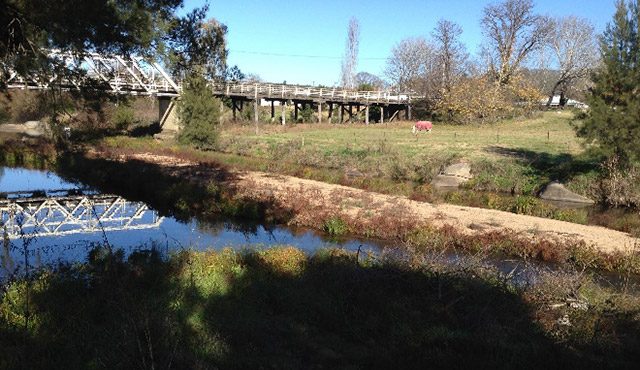
1) Continue working on removing privet and cleaning up the riverbank on the south-eastern side of the low level bridge, where trees have
been planted.
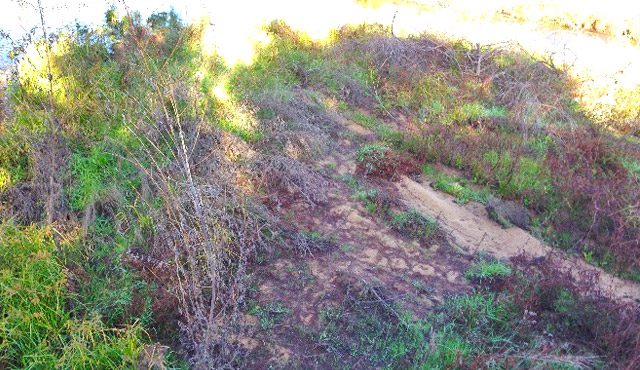
2) Spray weeds and growth on “sand slugs” near low-level bridge and further down behind the hotel. If weeds are killed then sand may
wash downstream with next flood event.
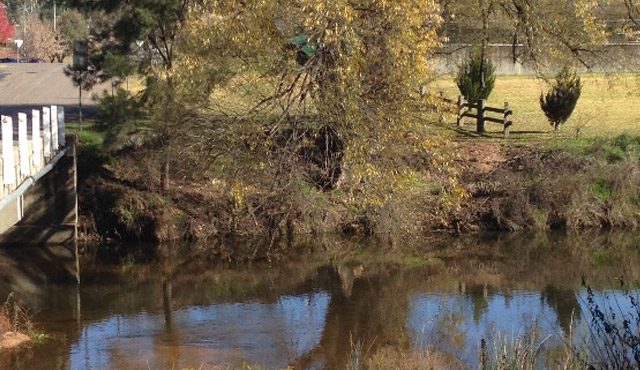
3) Remove low-lying branch from Basket Willow on western side of low-level bridge
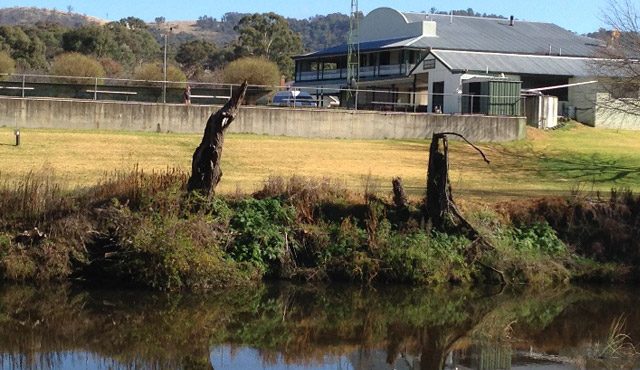 4)
Cut off stumps from willows behind hotel.
4)
Cut off stumps from willows behind hotel.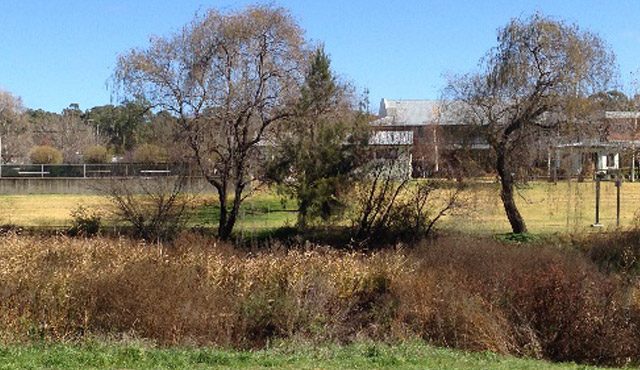 5)
Remove basket willows either side of weeping willows behind hotel.
5)
Remove basket willows either side of weeping willows behind hotel.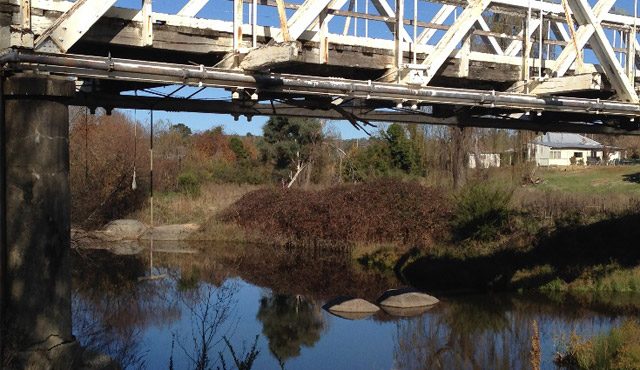 6)
Spray blackberries along south-western side of old bridge.
6)
Spray blackberries along south-western side of old bridge.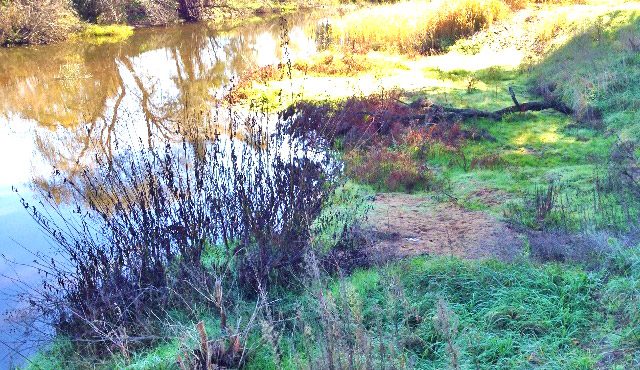 7)
Clean up area along river below BBQ’s at Memorial Park.
7)
Clean up area along river below BBQ’s at Memorial Park.

.jpg)
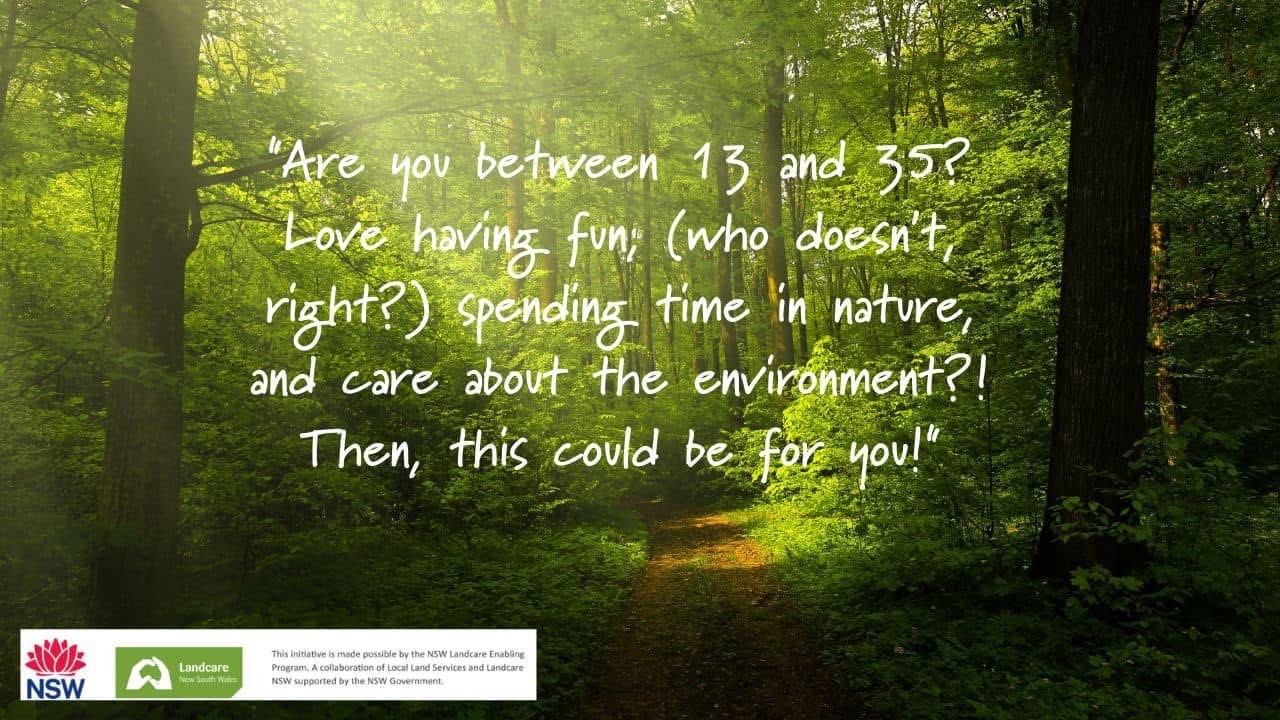
.jpg)
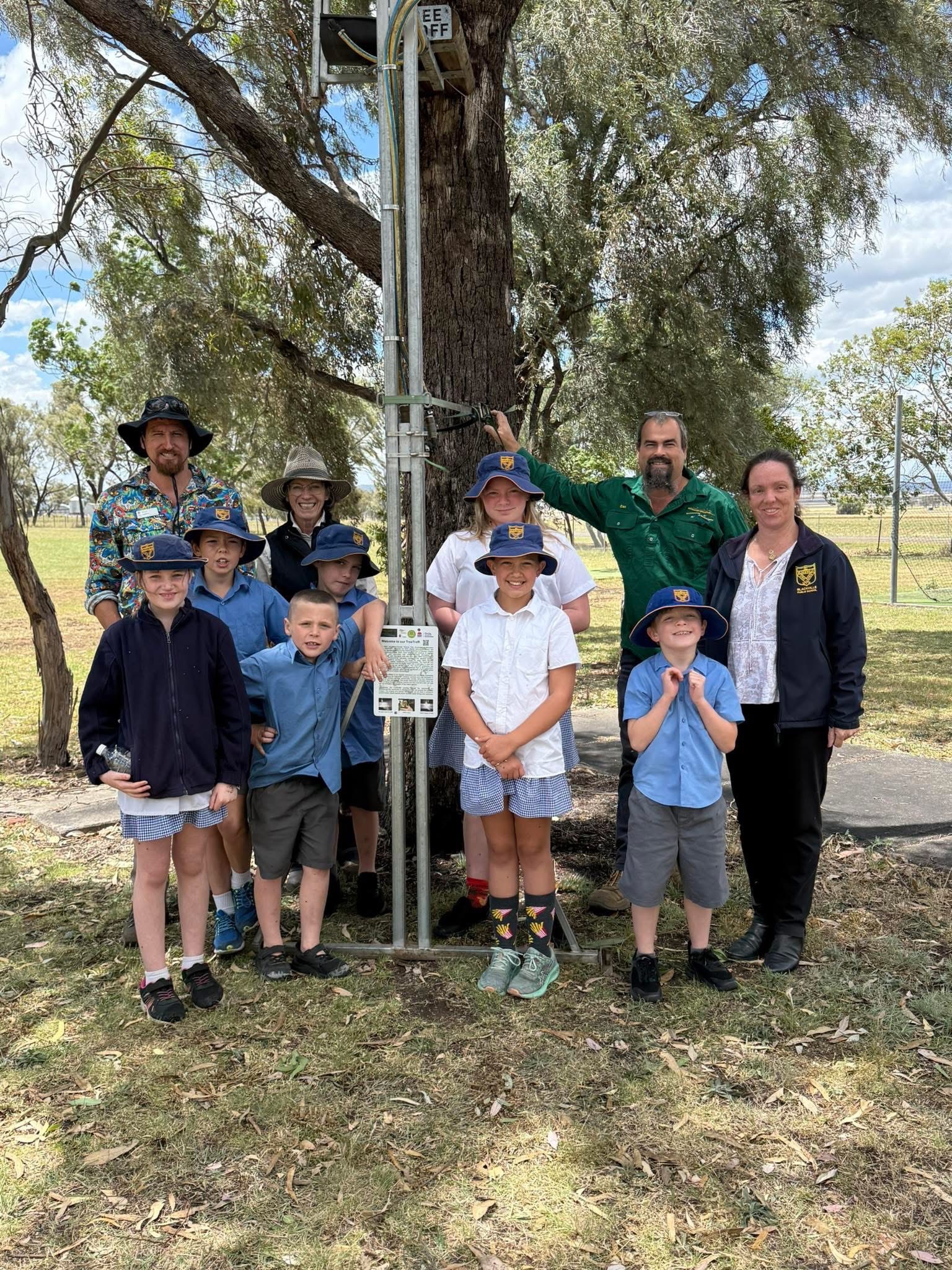
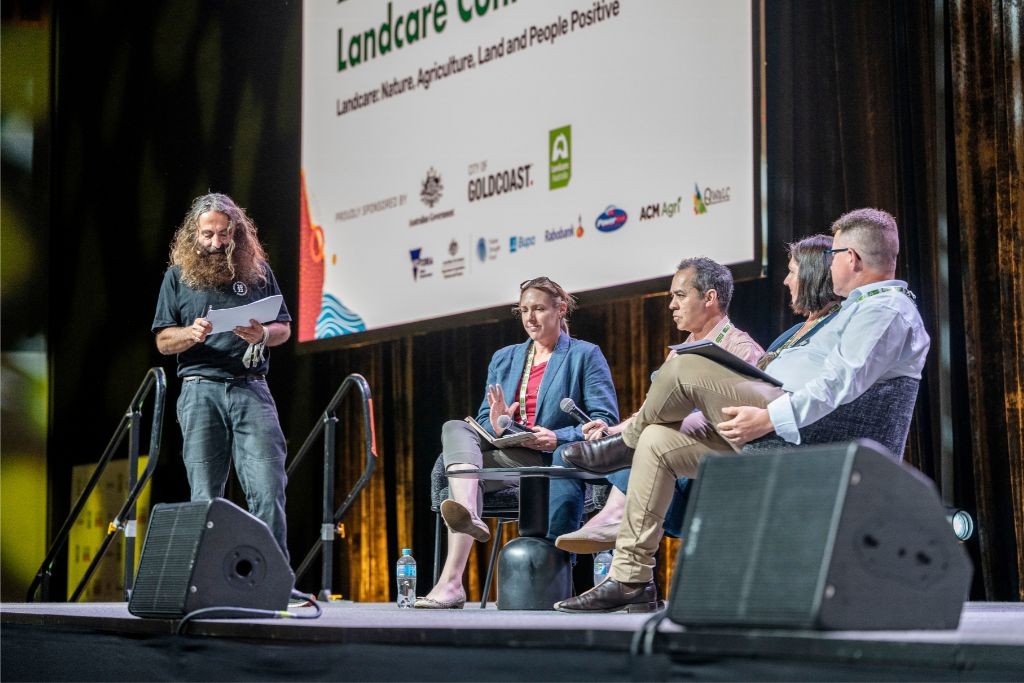

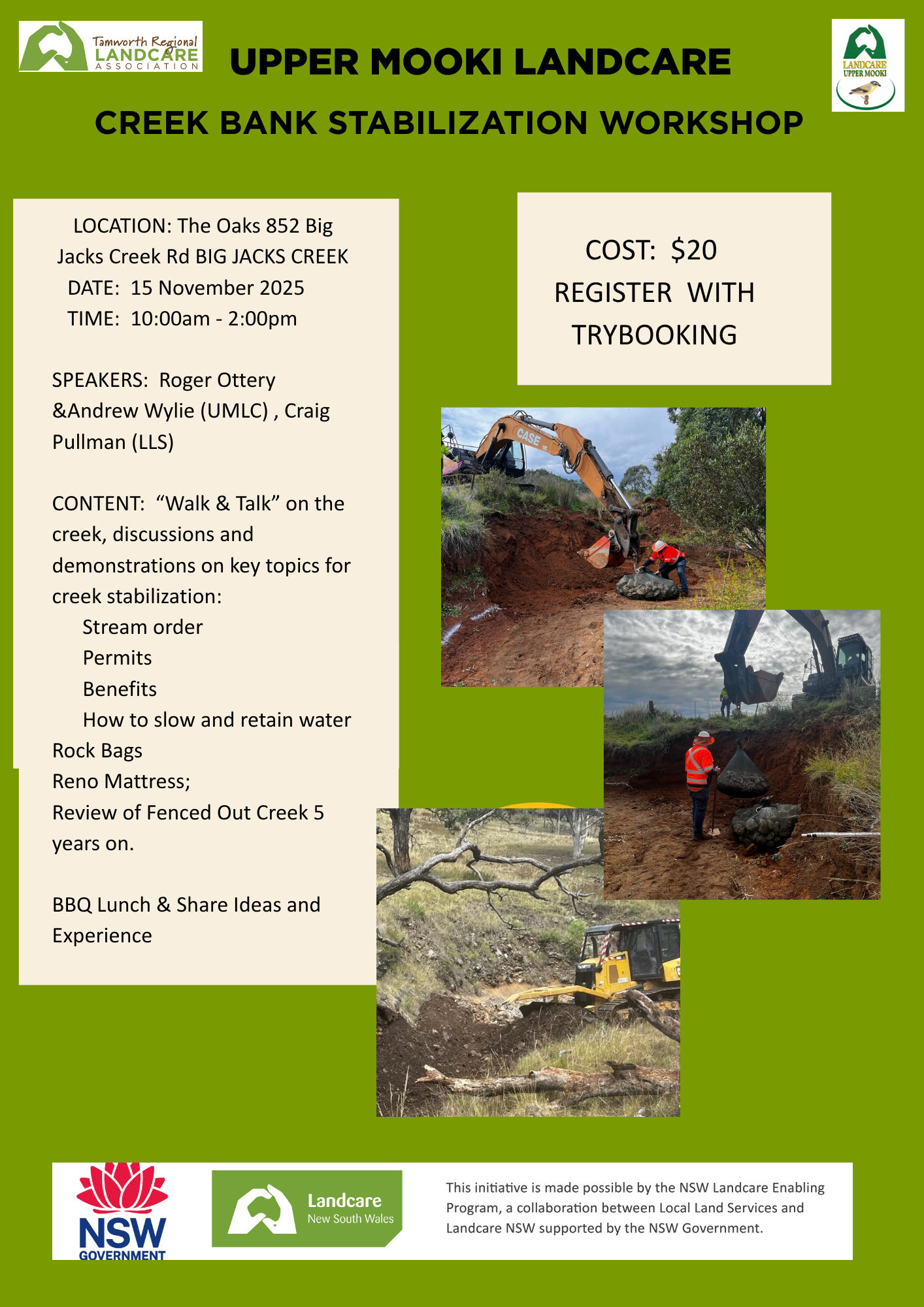
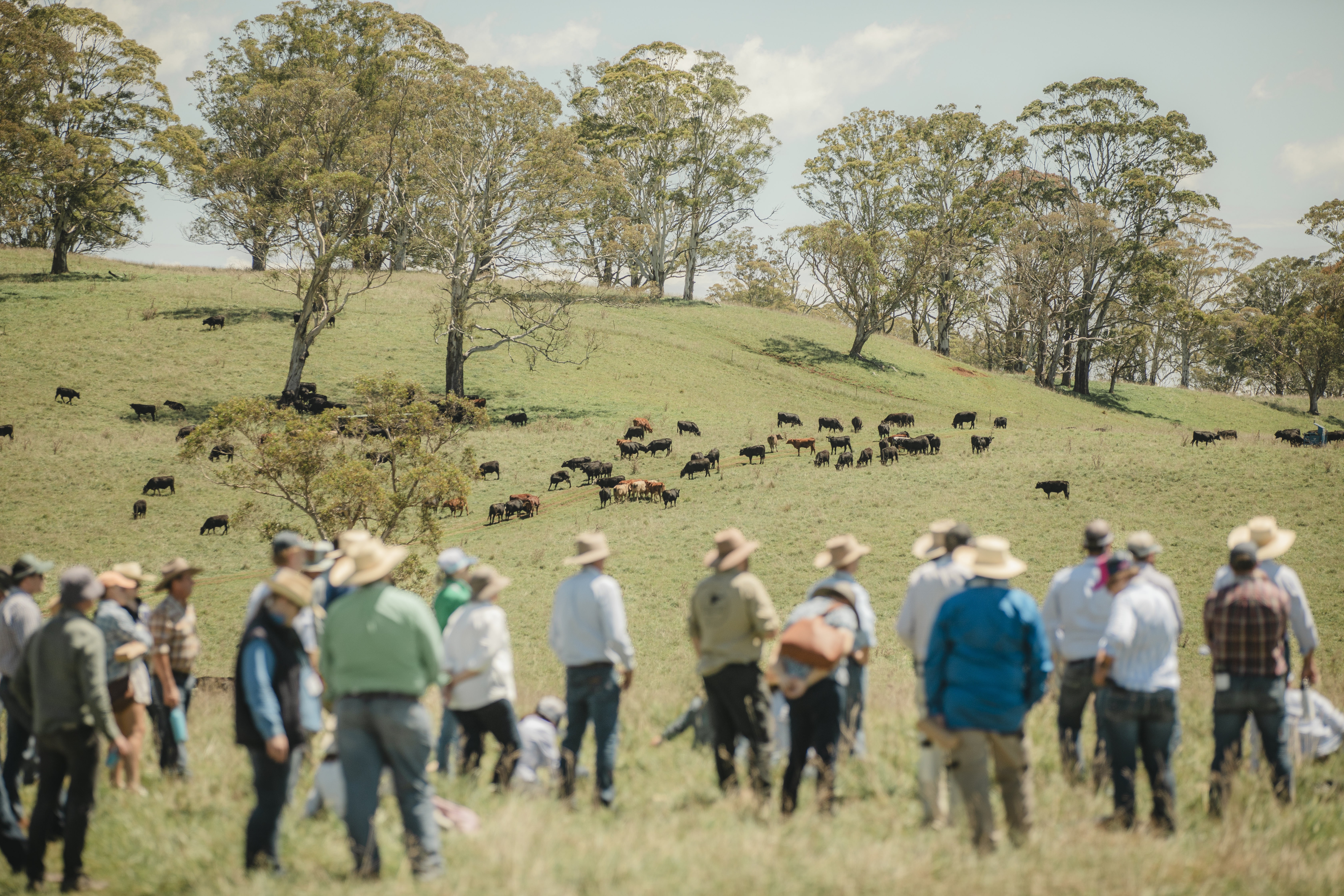
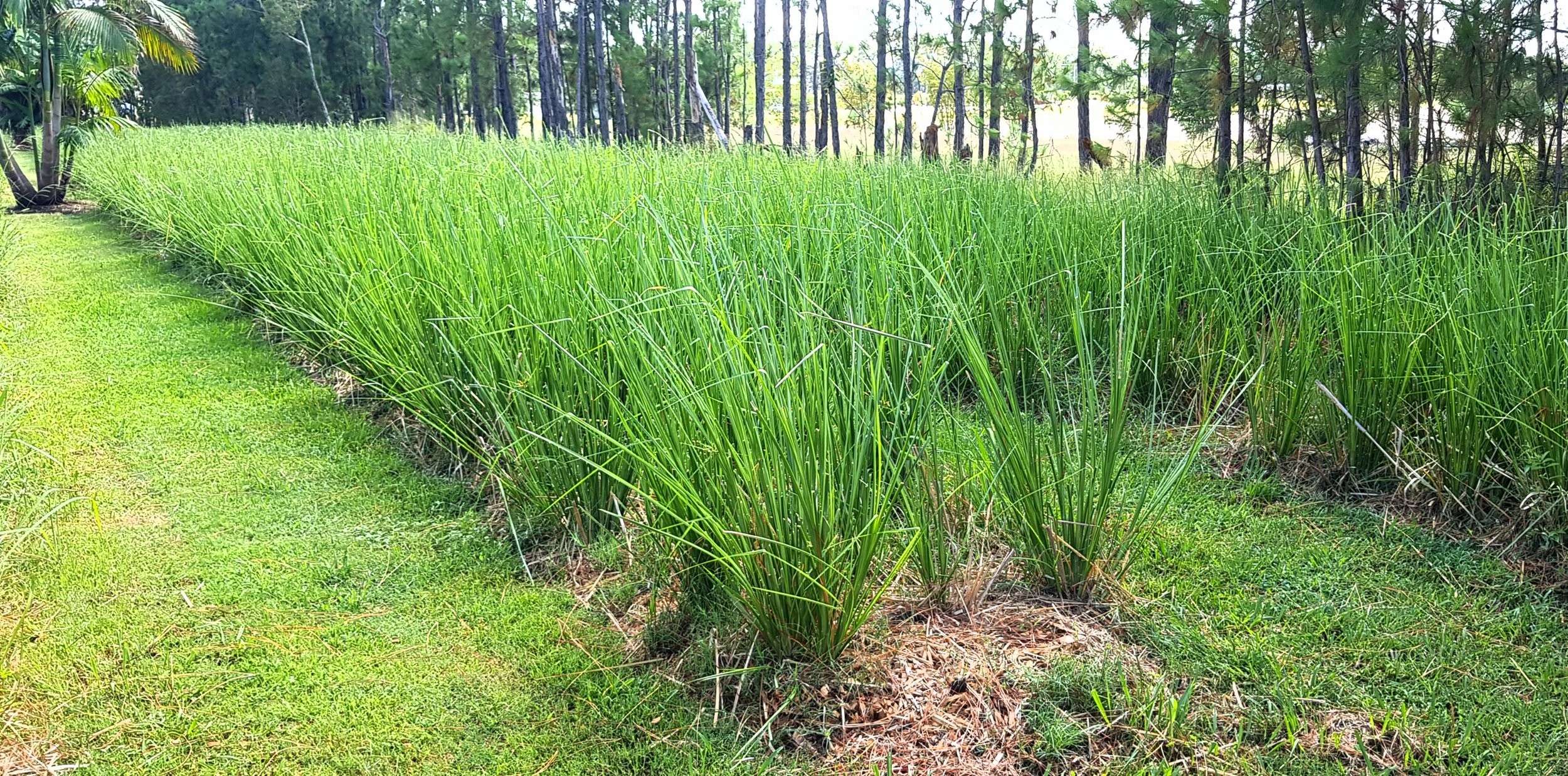

.png)
